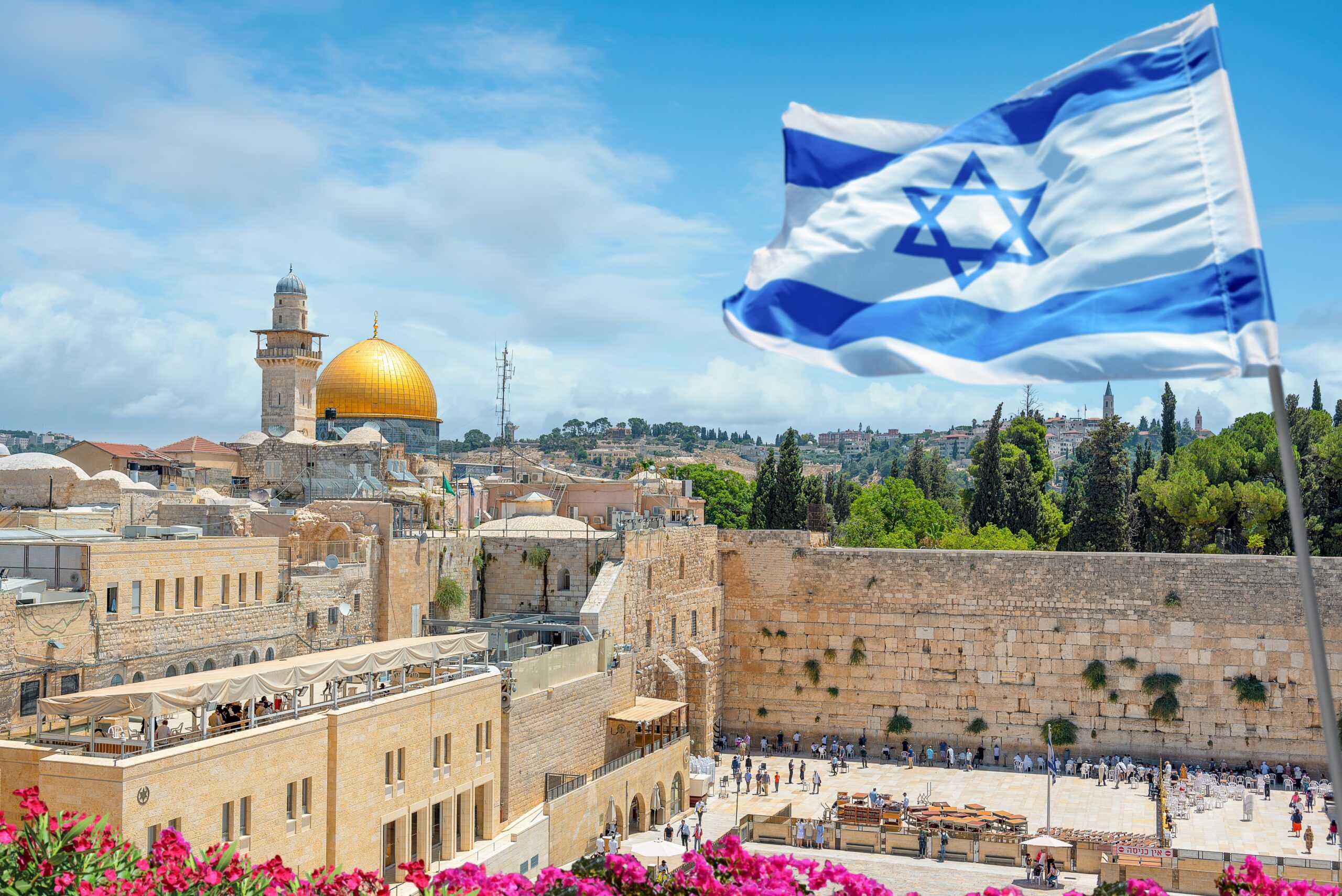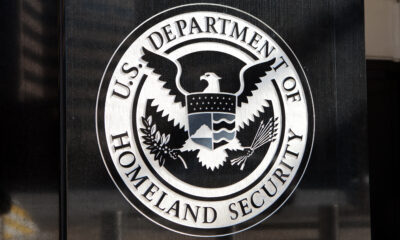AP, Reuters Photojournalists With Hamas During Israel Attack

Serious ethics-related questions have been raised by a watchdog in a new report about several freelance reporters working for the Associated Press (AP) and Reuters who were present alongside Hamas terrorists during the horrific October 7 massacre.
The placement of these photographers — who have been identified in HonestReporting’s analysis as Hassan Eslaiah, Yousef Masoud, Ali Mahmud, Hatem Ali, Mohammed Fayq Abu Mostafa and Yasser Qudih — raises questions as to when they learned about Hamas’ plans. There are also questions as to how much they knew about the attack beforehand, including whether they were aware that the terrorist group planned to kill more than 1,400 Israelis when they followed them into Israel that day.
The watchdog confirmed that these six freelance photographers were present during the attacks, noting that the AP and Reuters have been selling their work to other publications.
“What were they doing there so early on what would ordinarily have been a quiet Saturday morning?” HonestReporting asked in the report, adding: “Was it coordinated with Hamas? Did the respectable wire services, which published their photos, approve of their presence inside enemy territory, together with the terrorist infiltrators?”
The photographers captured photos of a burning Israeli tank during the attack, as well as images of terrorists kidnapping people — including German-Israeli citizen Shani Louk, who has since been found murdered.
In a post on X, formerly known as Twitter, HonestReporting shared a video of Eslaiah showing off a burning Israeli tank — noting that the photographer is “not identifiable as a member of the press. But AP & CNN deemed it acceptable to use his services.”
In another post, the watchdog noted that since publishing their report, they had discovered a photo of Elsaiah appearing to be extremely familiar with the Hamas leader responsible for planning the massacre.
“In the hours following our expose, new material is still coming to light concerning Gazan freelance journalist Hassan Eslaiah whom both AP & CNN used on Oct. 7. Here he is pictured with Hamas leader and mastermind of the Oct. 7 massacre, Yahya Sinwar,” the post read.
According to HonestReporting, the AP has reportedly removed these freelancers’ names from some of the images in its database. “Perhaps someone at the agency realized it posed serious questions regarding their journalistic ethics,” the watchdog alleged.
The watchdog also pointed to a shocking photo from Mostafa of a mob “brutalizing the body of an Israeli soldier who was dragged out of the tank” — which was published by Reuters, labeled as graphic, and then later highlighted as one of the “Images of the Day” in Reuters’ editorial database.
“Let’s be clear: News agencies may claim that these people were just doing their job. Documenting war crimes, unfortunately, may be part of it. But it’s not that simple,” HonestReporting explained.
“It is now obvious that Hamas had planned its Oct. 7 attack on Israel for a very long time: its scale, its brutal aims and its massive documentation have been prepared for months, if not years. Everything was taken into account—the deployments, the timing, as well as the use of body cams and mobile phone videos for sharing the atrocities,” the group added. “Is it conceivable to assume that ‘journalists’ just happened to appear early in the morning at the border without prior coordination with the terrorists? Or were they part of the plan?”
“Even if they didn’t know the exact details of what was going to happen, once it unfolded did they not realize they were breaching a border? And if so, did they notify the news agencies? Some sort of communication was undoubtedly necessary—before, after or during the attack—in order to get the photos published,” the report continued.
























